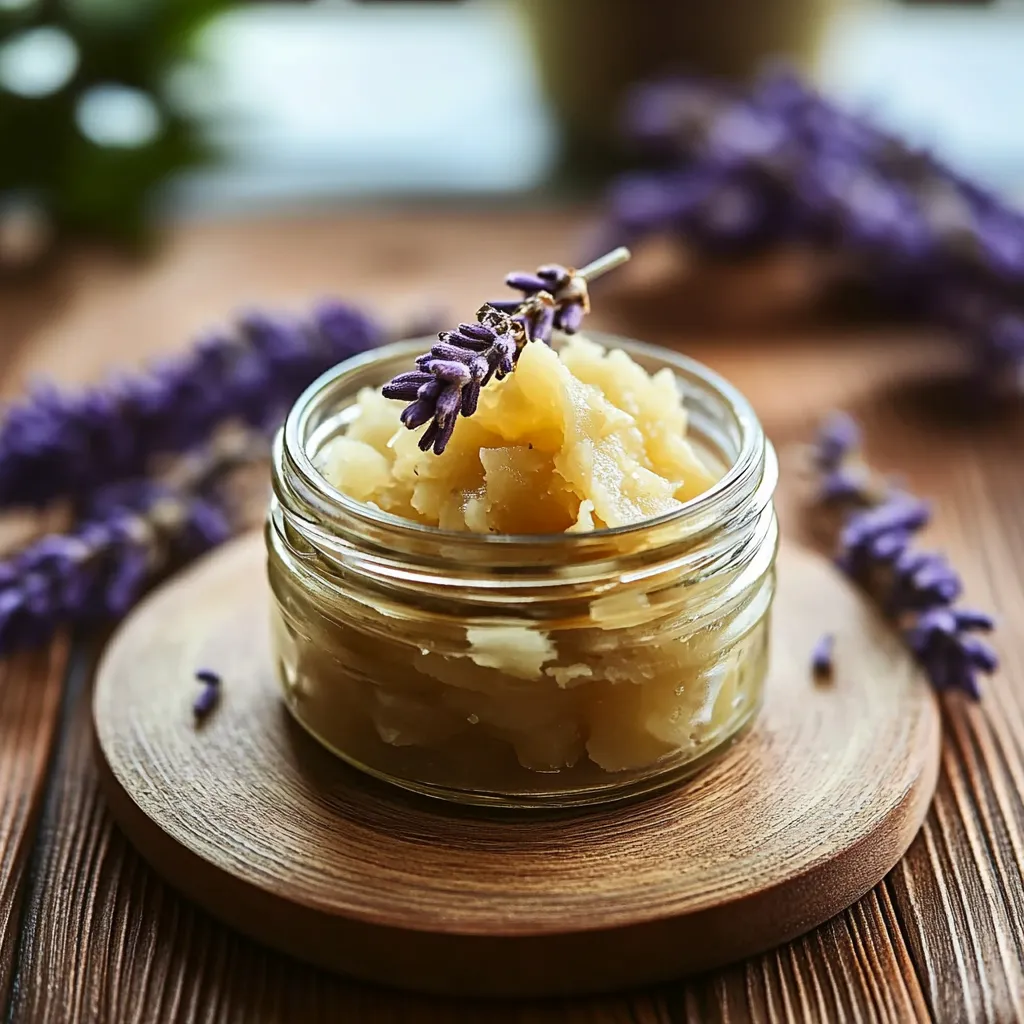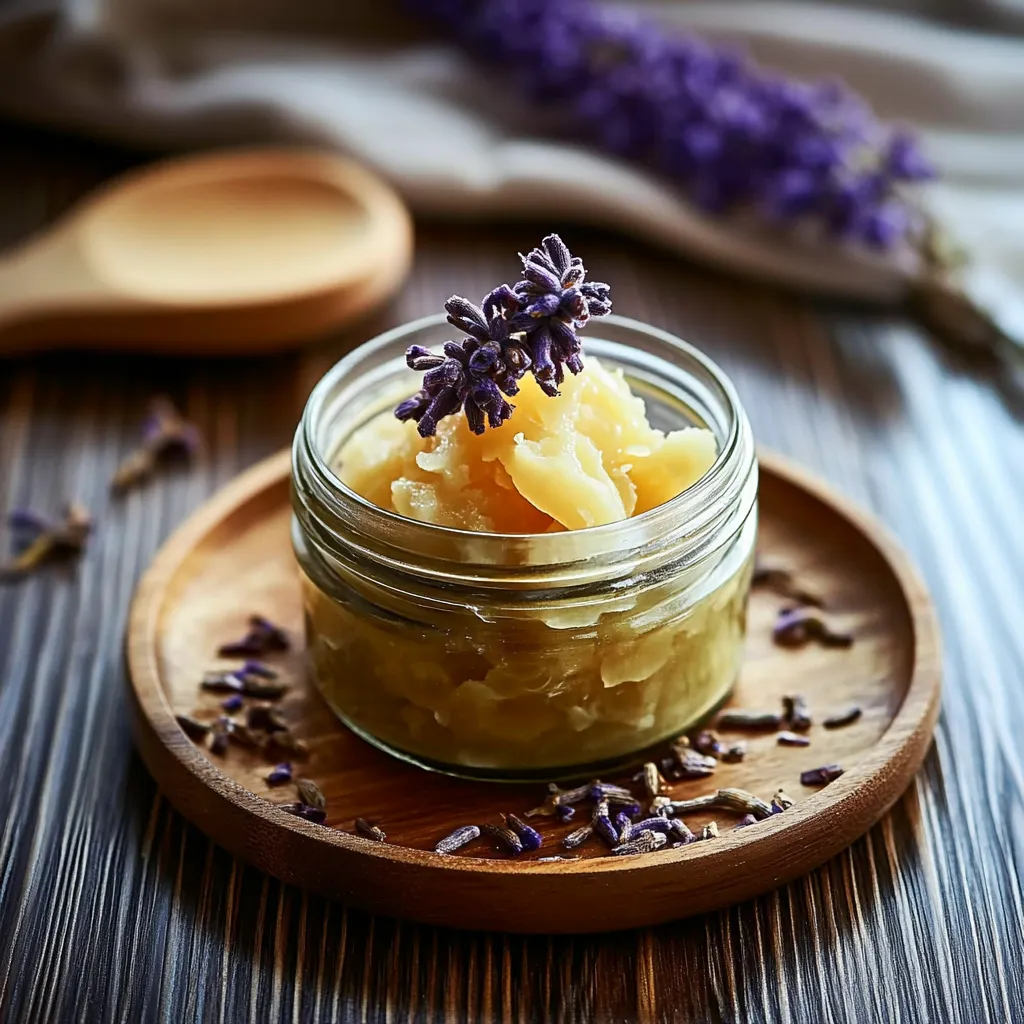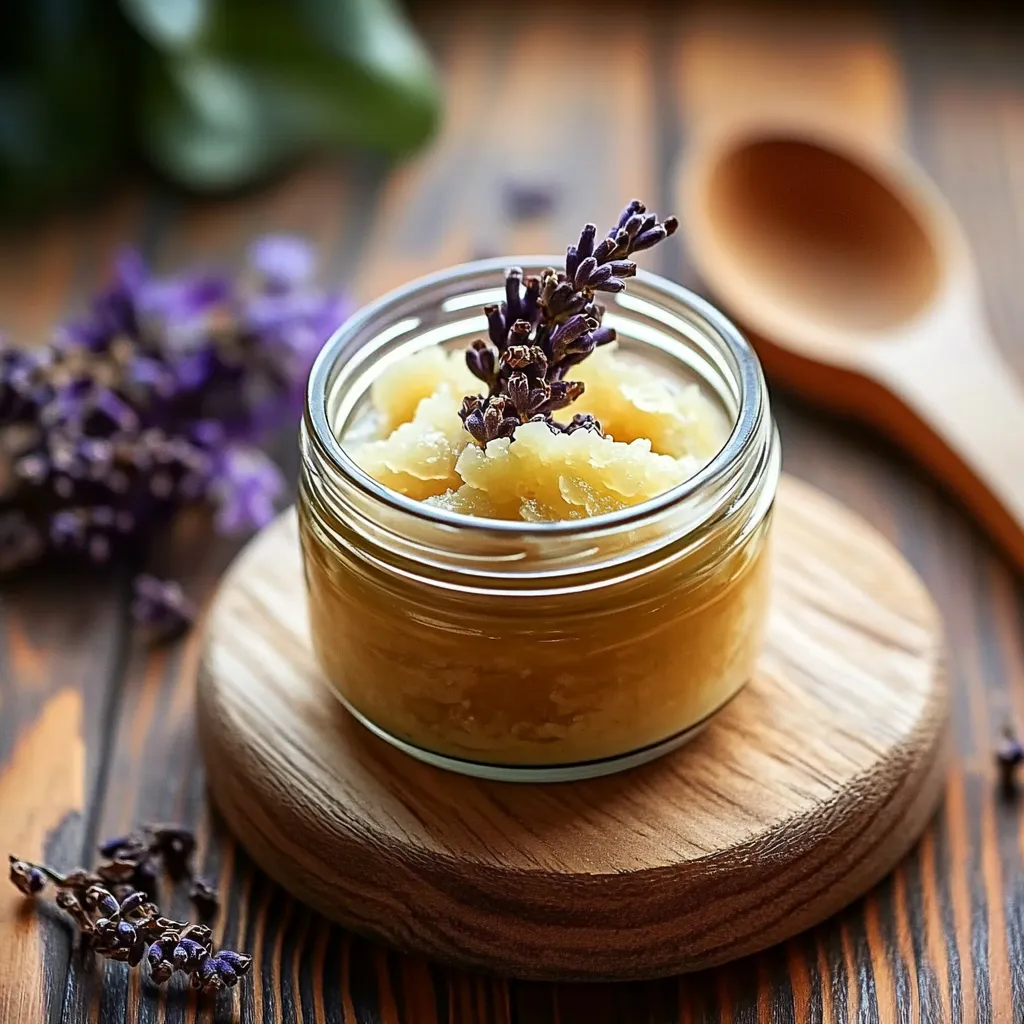 Pin it
Pin it
Whether you are an athlete or just someone who deals with everyday aches, this deeply soothing muscle rub has been my answer for sore muscles and minor aches. Blending nourishing oils with therapeutic essential oils, it works fast to ease tension and melt away discomfort. Making your own salve means you can tailor the scent and strength exactly as you like and skip any questionable fillers. I love gifting little jars to friends after a big hike or family soccer game.
The first time I whipped up a batch for my mom after a long gardening weekend, she called me the next day swearing it was the only thing that helped her shoulders. Now it is a staple in our bathroom cabinet all year round.
Ingredients
- Almond oil: Nourishes dry skin without clogging pores (look for a cold pressed pure oil for best results)
- Coconut oil: Forms a creamy base that melts on skin (choose unrefined for a lovely natural aroma)
- Beeswax: Gives structure and helps lock moisture in (opt for local or organic to ensure purity)
- Clove essential oil: Brings gentle numbing and warmth (select therapeutic grade for safety)
- Peppermint essential oil: Offers instant cooling and pain relief (make sure it smells crisp and not stale)
- Lavender essential oil: Soothes irritation and relaxes muscles (find a deeply floral quality oil)
- Eucalyptus essential oil: Encourages circulation (look for a fresh strong scent)
- Rosemary essential oil: Helps reduce inflammation and stiffness (test a small drop for freshness)
Step-by-Step Instructions
- Melt the Oils and Beeswax:
- Combine almond oil, coconut oil, and beeswax in the top of a double boiler or a glass jar set in simmering water. Stir slowly and patiently until everything is smoothly liquified and no solid bits remain. This can take up to ten minutes so allow the beeswax time to fully dissolve since it is the slowest to melt.
- Cool Slightly:
- Once the mixture is smooth and completely liquid, take off the heat. Let it rest undisturbed for around three minutes. If the container feels just warm to the touch but not hot, you are ready for the next step. This keeps delicate essential oils from losing their scent or therapeutic benefits.
- Add Essential Oils:
- Add each essential oil—clove, peppermint, lavender, eucalyptus, rosemary—directly to the cooled base. Use a small whisk or spoon to stir briskly for twenty to thirty seconds so all the scents and properties are well combined. Make sure there are no concentrated pockets of one oil.
- Let It Set:
- Pour the mixture carefully into small glass jars or tins. Let the jars stand uncovered at room temperature for forty-five to sixty minutes. The rub will turn from clear gold to a creamy opaque balm as it sets up and solidifies.
 Pin it
Pin it
My favorite part of making this recipe is blending in rosemary oil because it instantly reminds me of summer afternoons in my grandmother's garden. Every time I use the rub, the scent transports me right back to that sunny patch of herbs and laughter.
Storage Tips
Keep your finished muscle rub in small glass jars with tight fitting lids. Always use clean, dry hands or a small spoon to remove balm so you do not introduce water which can cause spoilage. Store away from direct sunlight or heat and the mixture will stay fresh and fragrant for up to six months. If you notice any change in smell or texture, it is time for a fresh batch.
Ingredient Substitutions
If you need a nut free version, use grape seed or sunflower oil instead of almond oil. Mango butter or shea butter can replace coconut oil for an extra moisturizing rub, though the texture may be a little thicker. Orange or ginger essential oil can be swapped in to add warming notes if you are not a fan of clove.
Serving Suggestions
Massage the rub firmly into sore calves after a run before bedtime for best results. It is also lovely on lower back or shoulder muscles after desk work and doubles as a soothing foot balm. A dime sized amount goes a long way so start small and add more as needed.
Cultural and Historical Context
People have turned to natural balms for pain relief for centuries, often using beeswax and strong herbs to ease tension. Clove and rosemary both show up in ancient remedies from the Mediterranean and Asia. I love the idea that this simple routine connects us with generations of home healers before us.
 Pin it
Pin it
Enjoy the soothing relief this balm brings, and remember to share with loved ones!
Frequently Asked Questions
- → Can I substitute almond oil with another carrier oil?
Yes, you can use jojoba, olive, or grapeseed oil if you prefer. These oils offer similar moisturizing benefits.
- → How long does homemade muscle balm last?
Stored in a cool, dry place and protected from water, the balm can stay fresh for up to six months.
- → Do these essential oils help with soreness?
Clove, peppermint, eucalyptus, and rosemary oils are traditionally used to promote soothing sensations for tired muscles.
- → What is the texture of this balm?
The combination of oils and beeswax creates a silky, semi-solid balm that melts smoothly upon application.
- → How should I apply the muscle balm?
Gently massage a small amount onto the skin over areas of tension or discomfort as needed.
